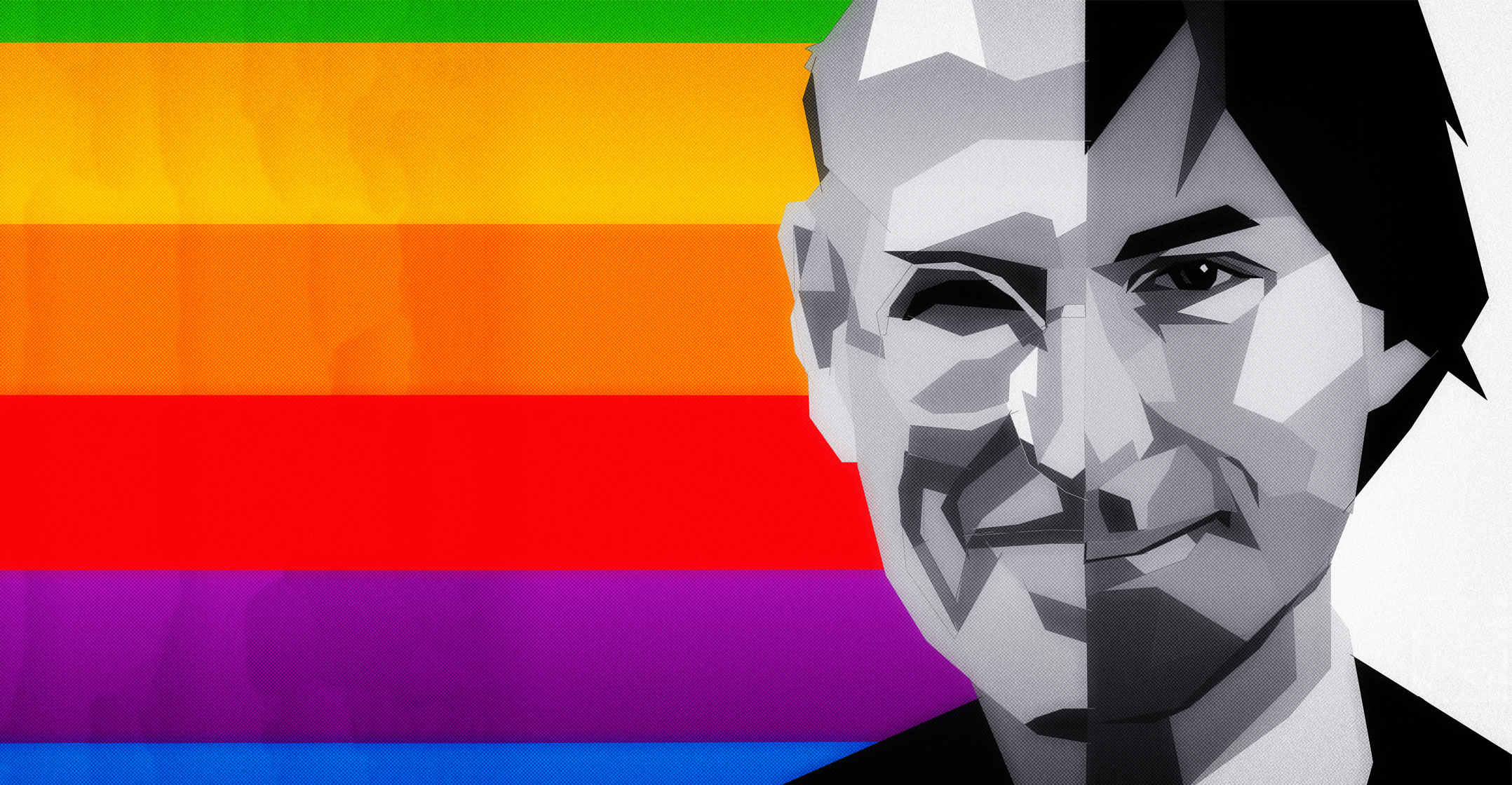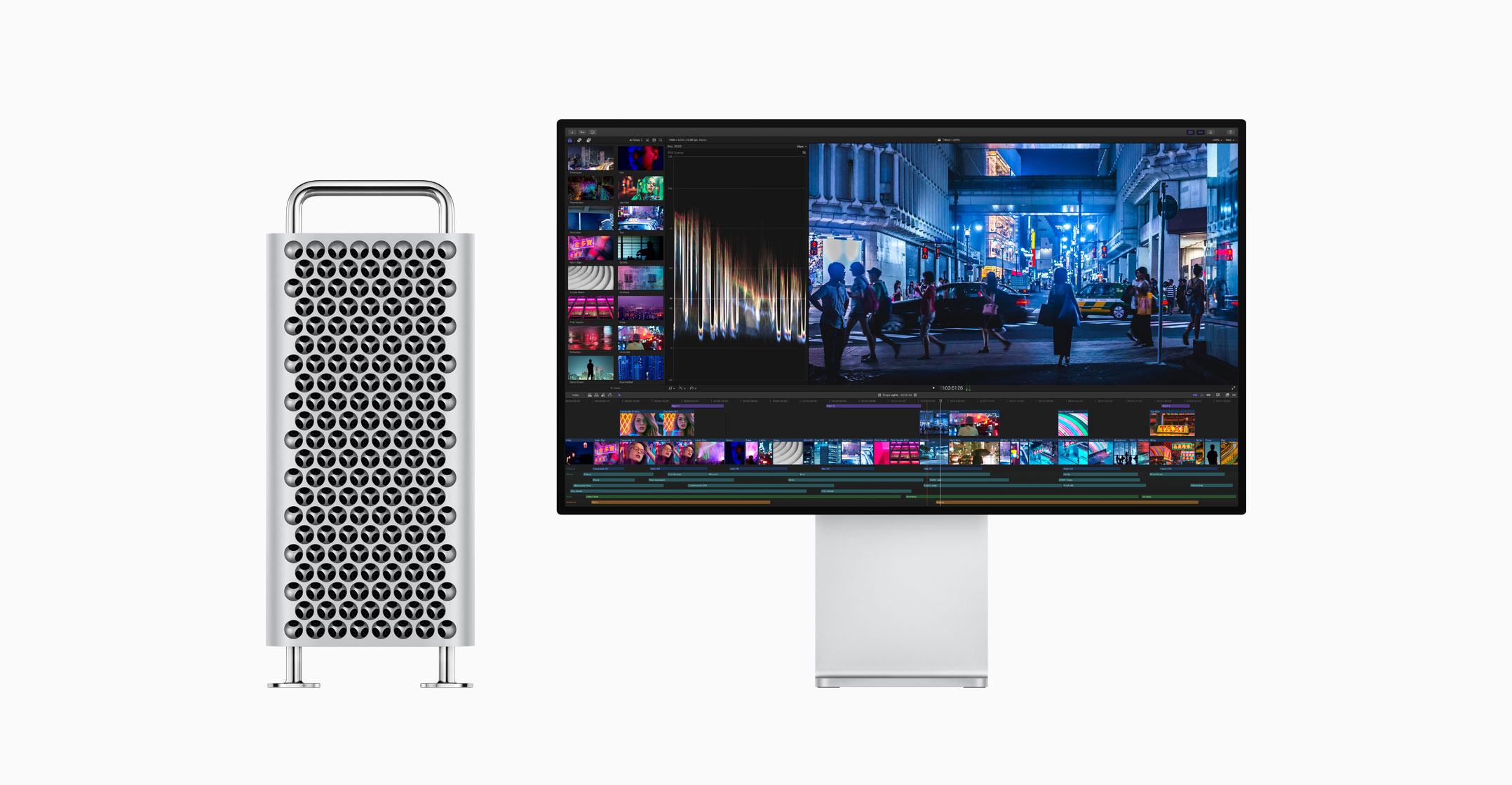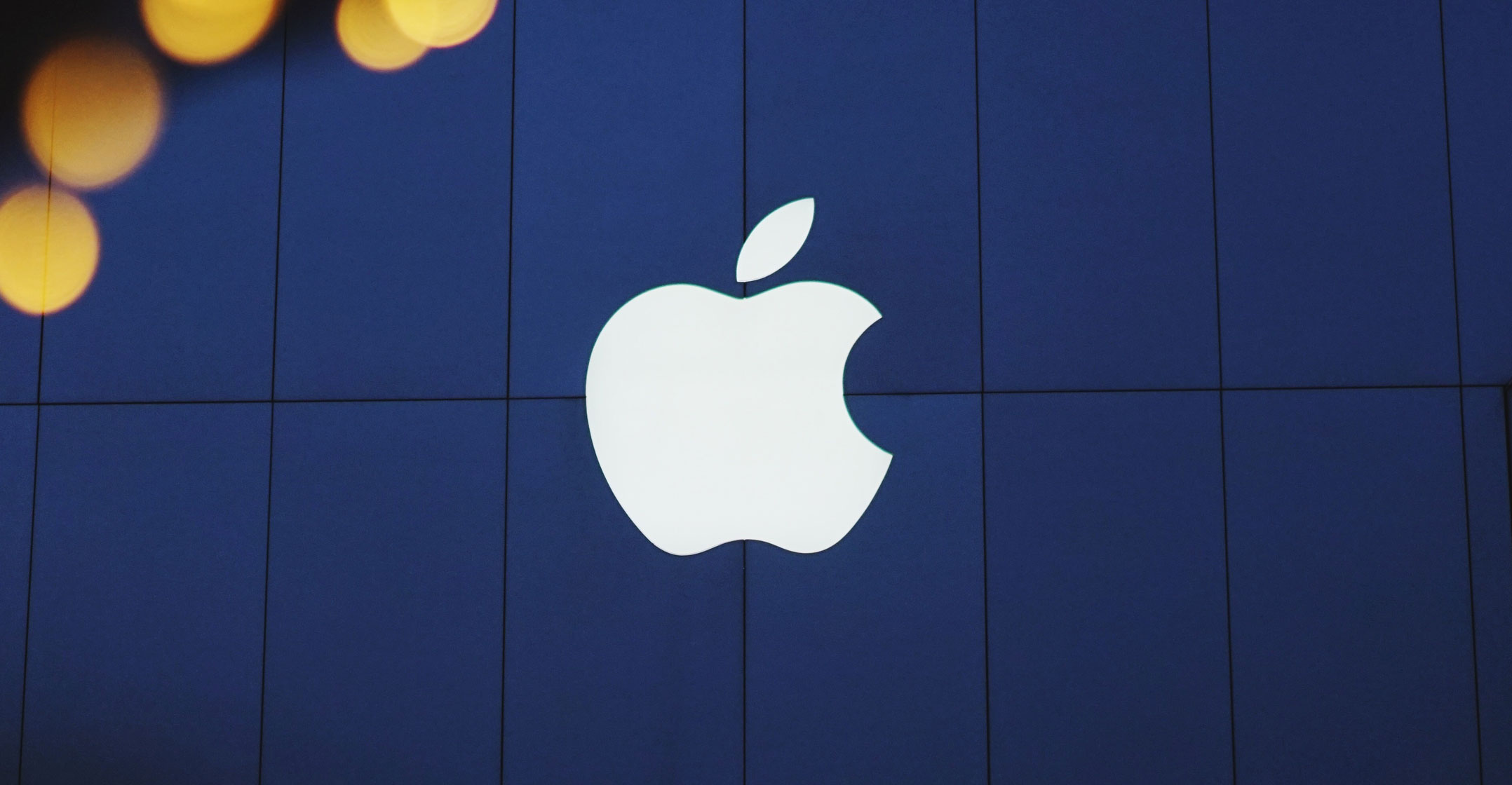
Apple CEO Tim Cook and his top deputies are focusing greater attention on developing a new generation of leaders to eventually run some of the iPhone maker’s most important divisions such as hardware development, services and marketing.
As Cook begins his 10th year at the helm, his management group is filled mostly with senior vice presidents who have worked at Apple for more than two decades, made tens of millions of dollars and are at or near the ages of 55 to 60 when many previous executives have stepped aside. That, along with typical corporate planning, has spurred the Cupertino, California-based company to cultivate its next class of top managers, said people familiar with the matter who asked not to be identified talking about internal company discussions. Apple declined to comment.
Cook, who took over from Steve Jobs in August 2011, has led Apple to become the world’s most valuable company and the first in the US with a market capitalisation that topped $2-trillion. Even with the company’s success, the next group of leaders will need to navigate rising global antitrust concerns, build stronger relationships with app developers, reduce the reliance on Chinese manufacturing and find devices or new services to carry the company beyond the iPhone.
The CEO has given no indication he’s ready to retire, but if the 59-year-old Cook moved on tomorrow, look no further than chief operating officer Jeff Williams, 57, to take over. Williams is seen as the heir apparent, having run the company’s global operations under Cook for the past several years. In 2013, he took over development of the Apple Watch and Apple’s health initiatives, and last year, added oversight of hardware and software design.
In many ways, Williams is seen as being as pragmatic as Cook and as someone who wouldn’t let the company miss a beat. He is an operations-focused executive like Cook rather than a product visionary like Jobs or former design chief Jony Ive. With the company’s decade of success under Cook, it’s unlikely the board would want to shift away from this proven formula.
Below, we take a look at possible successors to the current executives in charge of each major Apple division.

Marketing
Greg Joswiak, 56, took over from Phil Schiller as Apple’s senior vice president of worldwide marketing in August, but Schiller, 60, had been gradually handing off some responsibility for years, according to people familiar with the transition.
At Apple, the product marketing organisation is broader than ads, as the group helps choose which features to add to devices and helps manage product development. Joswiak joined Apple in the 1980s, and is just about three years younger than his semi-retired predecessor. The company has a list of potential successors to Joswiak, with the “smart money” being on newly appointed vice president of iPhone marketing Kaiann Drance, 42, to eventually take over, according to a person close to the company.
Other potential contenders include Stan Ng and Susan Prescott. Ng, vice president of Apple Watch marketing, has been a mainstay in Apple’s marketing organisation since the late 1990s, starting off on the Mac, transitioning to the iPod, and then working on the iPhone before the Watch. Prescott, 55, oversees marketing for apps and enterprise.
Software engineering
Craig Federighi, 51, is the youngest member of Apple’s executive team and is likely to remain in his role for several more years. But if he stepped down, Federighi has at least two key lieutenants that could fill the role.
Sebastien Marineau-Mes, vice president of Intelligent Systems Experience, and Jon Andrews, who was named a vice president in charge of CoreOS last year, are seen by people close to Apple as most likely to be promoted if necessary.
Andrews’ CoreOS is the most fundamental component of Apple’s operating systems, the layer that handles underlying features like wireless networking and the file system. Marineau-Mes used to hold Andrews’ role, but in 2016 was moved to oversee the Photos and Camera apps in addition to system security. More recently, Marineau-Mes was shifted to work on features like the new iOS 14 widgets.
Marineau-Mes was hired away from BlackBerry in 2014 after running the Canada-based company’s software division, and Andrews joined Apple in 2006.

Services
Services are one of Apple’s fastest growing segments and a key driver for device sales. Eddy Cue, 55, was named the senior vice president of the unit in 2011.
Cue, who has worked more than 30 years at Apple, started at the company by managing customer service teams and now oversees Apple Music, Apple TV+, iCloud, Apple Maps, many of the applications that run on the company’s devices and deal making for content. As for Cue’s eventual successor, Peter Stern, 48, is at the top of the short list.
Stern, who joined Apple from Time Warner Cable in 2016, is a content deal maker. He oversees the business side of Apple’s video efforts and leads work on Apple News, Apple Books, iCloud and the company’s advertising platforms. He also helped handle the development of Apple’s upgraded TV app last year and is leading the charge on Apple’s push into services bundles.
Operations
Apple’s operations division is perhaps the company’s most important. The team is responsible for cranking out hundreds of millions of devices from Asia and shipping them across the world. The group also must develop manufacturing techniques, source components and strike deals with suppliers.
Cook ran Apple’s operations before handing over that responsibility to Williams. Last year, Apple tapped Sabih Khan, 54, as senior vice president of operations. Beyond Khan, Apple has a team of several veterans such as operations executives Dan Rosckes, Rob York and Rory Sexton.
But the most likely long-term successor, according to people familiar with the group, is Priya Balasubramaniam, head of operations for the iPhone. Balasubramaniam has been in her current role since 2014 and joined Apple nearly 20 years ago. She is in charge of the production, supply chain and repair network for Apple’s most important product as well as underlying components.
In 2017, Balasubramaniam helped fix development challenges with the iPhone X’s facial recognition sensor at facilities in South Korea. The phone ended up shipping in time for the holiday season and helped lead to strong overall sales.

Hardware engineering
Dan Riccio, 57, has run Apple’s hardware engineering division since 2012 and oversees the hardware development of almost every Apple device.
The group has several vice presidents who run different areas, but John Ternus’s profile inside and outside of the company has steadily risen over the past several years. As a top lieutenant to Riccio, Ternus, 45, is in charge of hardware engineering for the iPad and Mac. He also contributes to the development of several other products.
A person who knows Ternus called him a well-respected manager who understands the technology, and despite his rising profile, has remained unassuming — all characteristics of a potential future division head or even CEO.
Ternus recently supervised the development of the new iPad Pro design, an increased focus on the Mac after the company let several lines languish and has been key in the company’s transition from Intel to its own Mac processors.
Hardware technologies
Johny Srouji’s hardware technologies group has increasingly become one of Apple’s most important assets. His team’s chips have powered the iPhone, iPad and Apple Watch with performance outpacing many rivals. The group is also developing chips at the core of Apple’s upcoming augmented-reality headset and glasses, cellular modems for future iPhones, and processors to replace those from Intel in Macs.
Srouji, 55, joined Apple in 2008 and was appointed to Apple’s executive team in 2015. He is a demanding leader who keeps a tight grip on a team that has a rising profile in the chip industry. None of his direct reports are seen as having Srouji’s clout to run such a demanding division. Still, Sribalan Santhanam, 54, is most likely to take the role if Srouji were to step down or retire, people close to the company said.
Santhanam, the company’s vice president of silicon engineering, joined Apple in 2008 when his previous employer PA Semi, was acquired to kickstart Apple’s in-house chip efforts. His profile has risen lately after he announced the iPhone 11’s processor and was one of the showmen of Apple’s Mac processor transition.
 Retail and human resources
Retail and human resources
When Angela Ahrendts left her post as Apple’s retail chief last year, Tim Cook tried something new: promoting an insider to the job. Cook’s first choice as head of retail in 2012, John Browett, came from the outside and clashed with a culture of customer service, which triggered his departure after less than a year. While Ahrendts revamped the look and operations of stores, some employees and customers weren’t pleased with the changes.
Since taking over last year, Deirdre O’Brien has pushed Apple retail online amid the Covid-19 pandemic and navigated opening and shutting locations on an ad hoc basis. If O’Brien, 54, were to step down from her post as head of retail and human resources, Apple has a bench of lieutenants in place to take over.
The company could consider again splitting the role into two positions, such as promoting a retail leader of a major geography in addition to having a standalone human resources executive. Apple could also look to hire an outsider as it did before.
CFO, general counsel and machine learning
About a year before the retirement of previous chief financial officer Peter Oppenheimer in 2014, Apple hired current CFO Luca Maestri, 56, away from Xerox. He served as corporate controller and vice president of finance before taking the CFO job. If Maestri were to leave Apple, it’s possible the company could once again look for an outsider to take the job. It could also consider Saori Casey, its current vice president of finance, who oversees the company’s books and is responsible for putting together earnings reports.
The company has also hired outsiders for its past two general counsels: The current holder of the job Kate Adams, 56, came from Honeywell, while her predecessor, Bruce Sewell, joined from Intel.
Apple’s senior vice president of machine learning and AI strategy role was created specifically for John Giannandrea, 55, who earlier held a similar job at Google. Giannandrea does not have a clear top lieutenant, so if he were to depart Apple, it’s unclear who would replace him or if Apple would fold the unit back into the software engineering department. — (c) 2020 Bloomberg LP




